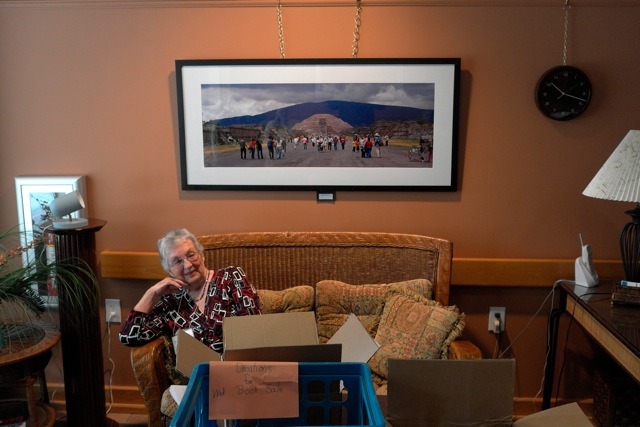Just a quick response to various posts:
● My post is simply an attempt to answer the question "How many megapixels is a frame of film equal to?" It is about practical photography and affordable equipment, and what most people "into" photography such as us might use: i.e. full-frame digital SLRs and professional colour negative film such as Ektar or Portra.
● It goes without saying that fine-grained B&W film or an 80 MP digital Hasselblad will give exceptional tonality and detail - but let's stick with digital SLRs and colour negative film, if simply for the reason that this is my thread, this is the equipment I use, and I prefer colour photography!
● My post is most certainly not about whether film or digital is better - I use both, and prefer the look of film but the convenience of digital. My weapons of choice are a Mamiya 645 with Portra and a Nikon D800E - which give very similar results regarding tone and detail. (I print both up to 36 inches wide, which I feel is their absolute maximum size for pin-sharpness close up. Even at this size they are indistiguishable in sharpness and tonality - but need very careful post-processing and printing from perfect photographs. A more sensible print width for these cameras is 30 inches.
Examples @ 36 inches. Note: printing is not the central concern of my post, as this has its own issues impacting image quality. Let's ignore prints in this thread.)
● There seems to be a focus on sharpness by various posters. This is irrelevant - my post is simply about comparing two mediums taken under comparable conditions with similar equipment. My calculations assume photographs taken under ideal conditions - tripod, well exposed, etc. But my argument holds even if the test photographs are hand held and have camera shake - provided both the film and digital images are equally blurred.
● In short, blurred photographs would give lower megapixel values in my calculations, but film and digital would be both lower by the same amount - so the comparable resolution of film vs digital is no different than for pin-sharp images.
● And for the sake argument, let's assume any photographs not of test charts are arresting in content, meaning and composition, with sharpness being the cherry on the cake!
● Tonal range: some dismiss cameras like the Nikon D800, saying 36 MP = bloated files with unnecessary detail. But the increased detail also increases the tonality - the D800 produces the best-quality photographs of any digital SLR, very close to low-end medium-format (various objective comparisons on the web), in large part down to its 36 MP. Current digital SLRs and colour negative film are now extremely close in tonal range. (However, colour negative film is far more forgiving than digital if over- or underexposed.)
● I understand totally the arguments about tangibility of film - though this is irrelevant to this thread.
● @ Roger Hicks. I feel you are being too dismissive, despite using the phrase "more rigorous". I have been careful to base my initial calculations on sound theory and measurements from reliable sources (tests by Kodak and DPreview using the standard resolution charts). The later calculations do use estimates, but are most certainly not "wishful thinking", and although not precise are reasonable "ball park" values. My working is clear, so if you disagree with these estimates, feel free to substitute your own values.
● Performing my own tests under rigorous conditions would be more accurate, but unless anyone finds serious flaws in the resolution data I used or in my logic, I am confident that my results are of the correct order and - more importantly - give a true comparison between film and digital of the detail in each in terms of "megapixels".



